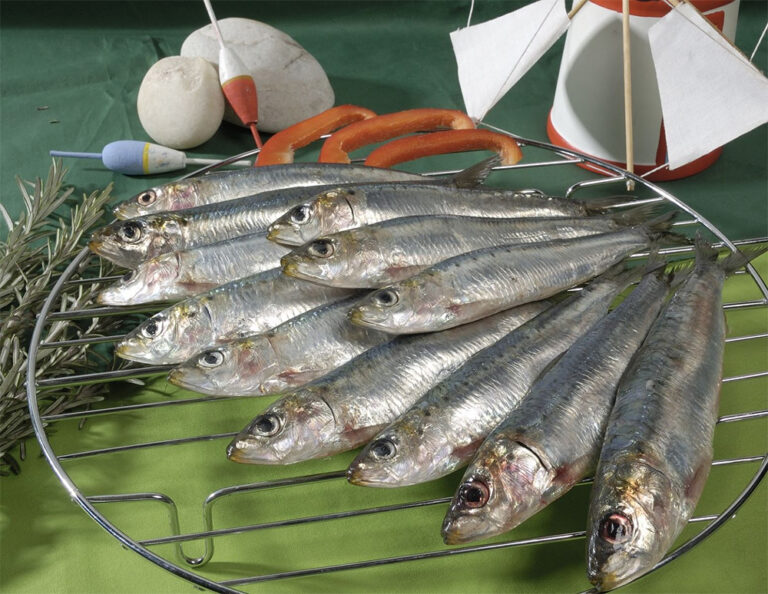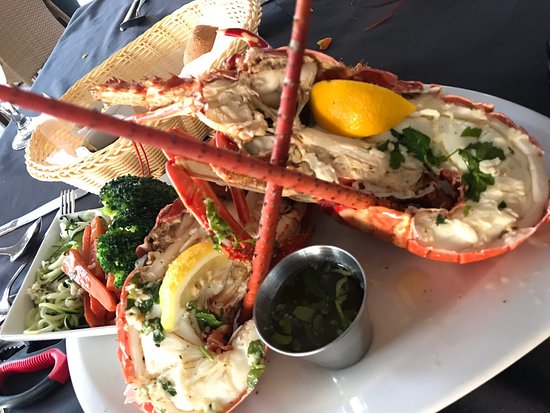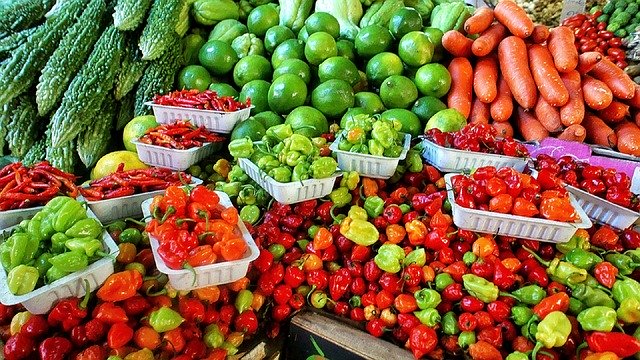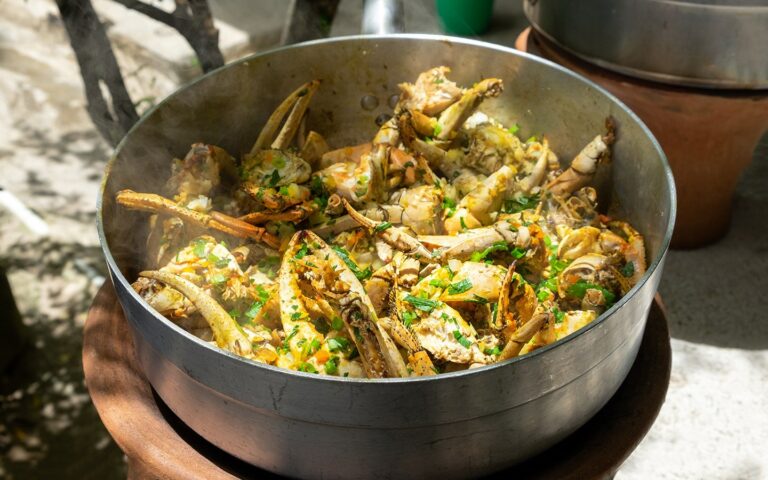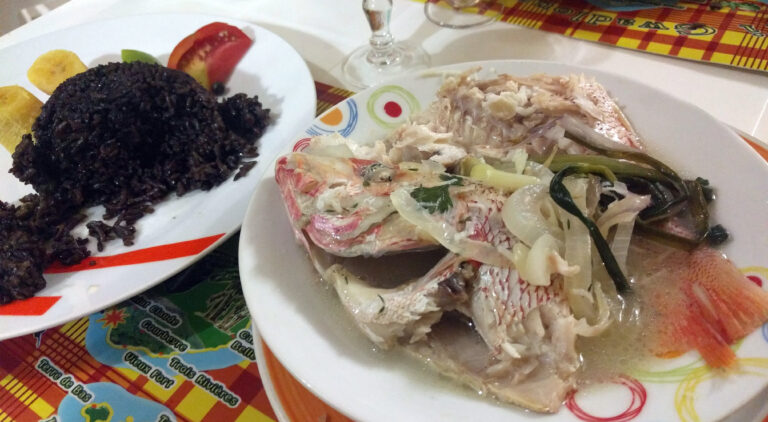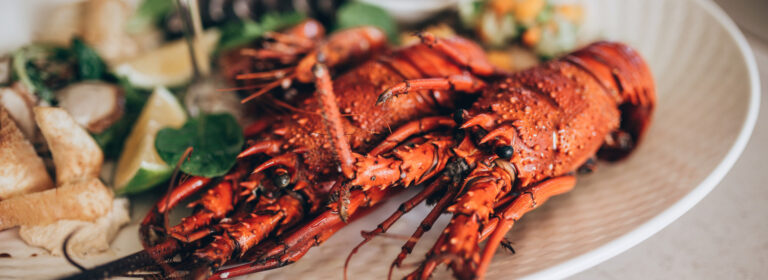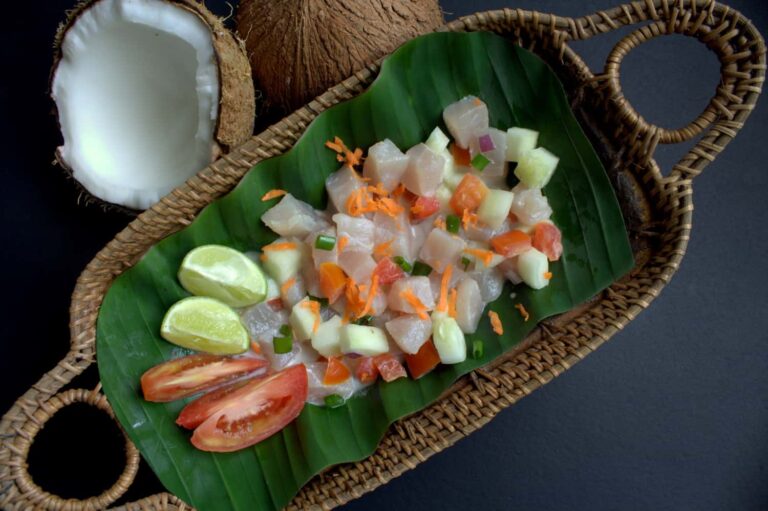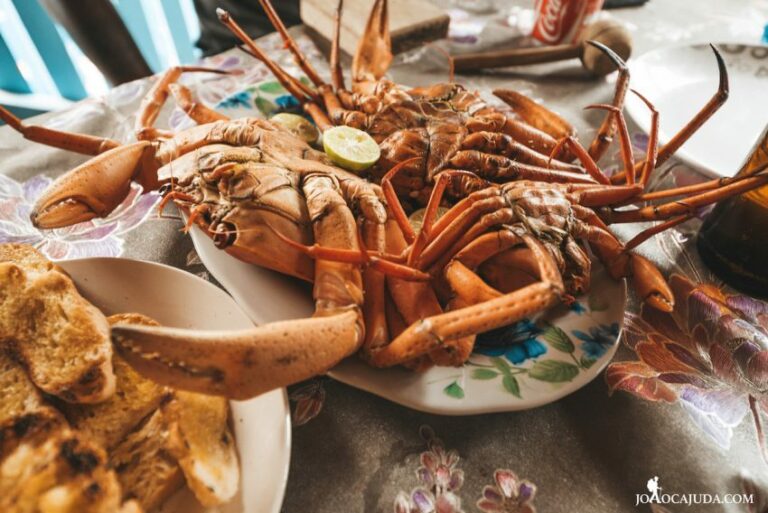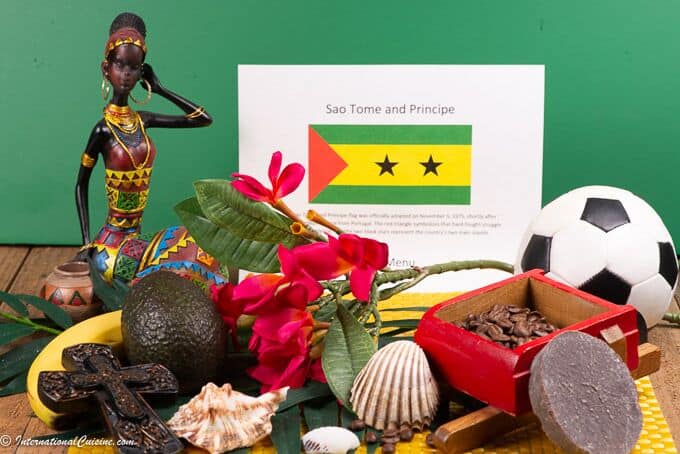Introduction: Qatar’s Cuisine
Qatar has a rich and diverse culinary heritage that is influenced by its geography, history, and culture. The country’s cuisine is a blend of Arabian, Persian, Indian, and African flavors, which makes it unique and distinct. Qatar’s cuisine is known for its use of spices, herbs, and aromatic ingredients that give its dishes a rich and flavorful taste.
Seafood in Qatari Cuisine
Being a coastal country, seafood is an essential part of Qatari cuisine. The country is rich in marine life, and its traditional dishes are a reflection of its coastal heritage. Fish, shrimp, crab, lobster, and other seafood are commonly used in Qatari cuisine, and they are cooked in a variety of ways to create delicious and flavorful dishes.
Popular Seafood Dishes in Qatar
Qatar has several popular seafood dishes that are enjoyed by locals and tourists alike. Here are some of the most popular seafood dishes in Qatar:
Machboos deyay (Chicken Machboos)
Machboos deyay is a traditional Qatari dish that is made with chicken, rice, and spices. It is a popular dish in Qatar and is often served during special occasions. In this dish, the chicken is cooked with a blend of spices, including saffron, cinnamon, and cardamom, which gives it a rich and aromatic flavor. The chicken is then served on a bed of fragrant rice, which is cooked in the same spice mix.
Al Harees with Fish
Al Harees is a traditional Qatari dish that is made with wheat, meat, and spices. It is traditionally cooked in an underground oven and is a popular dish during Ramadan. In this dish, the wheat and meat are cooked together until they form a thick, porridge-like consistency. The fish is then added to the mixture and cooked until it is tender and flaky. Al Harees with fish is a delicious and hearty dish that is often served during festive occasions.
Balaleet with Shrimps
Balaleet is a sweet vermicelli pudding that is a popular breakfast dish in Qatar. It is made with vermicelli noodles, sugar, and rose water, and is often topped with nuts and raisins. In this version, shrimps are added to the dish, giving it a savory twist. Balaleet with shrimps is a unique and delicious dish that is a must-try for seafood lovers visiting Qatar.
In conclusion, Qatar’s cuisine is a rich and diverse blend of flavors, and its traditional dishes are a reflection of its coastal heritage. Seafood is an essential part of Qatari cuisine, and there are several popular seafood dishes that locals and tourists alike can enjoy. From Machboos deyay to Al Harees with fish and Balaleet with shrimps, there is something for everyone to try and enjoy.

